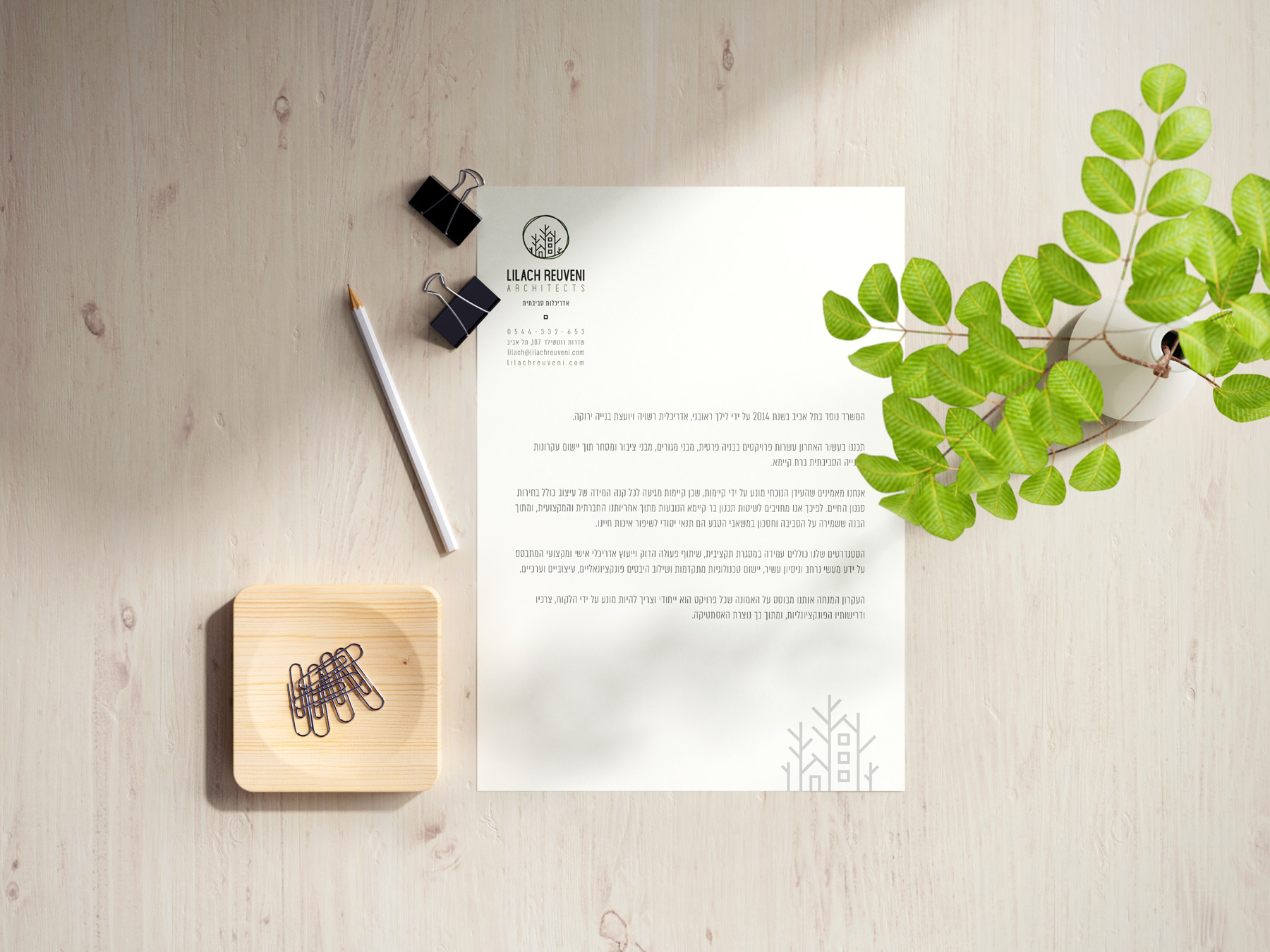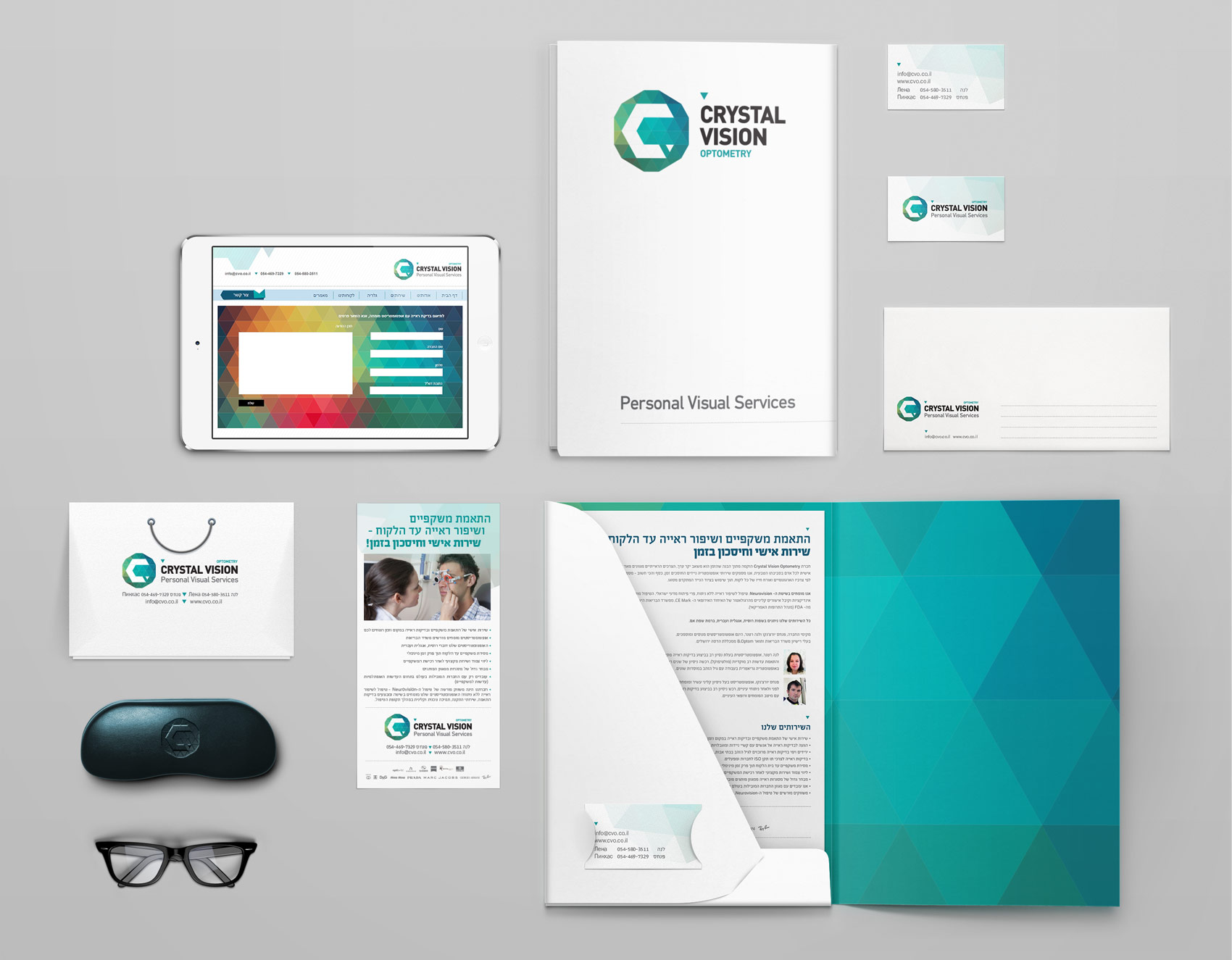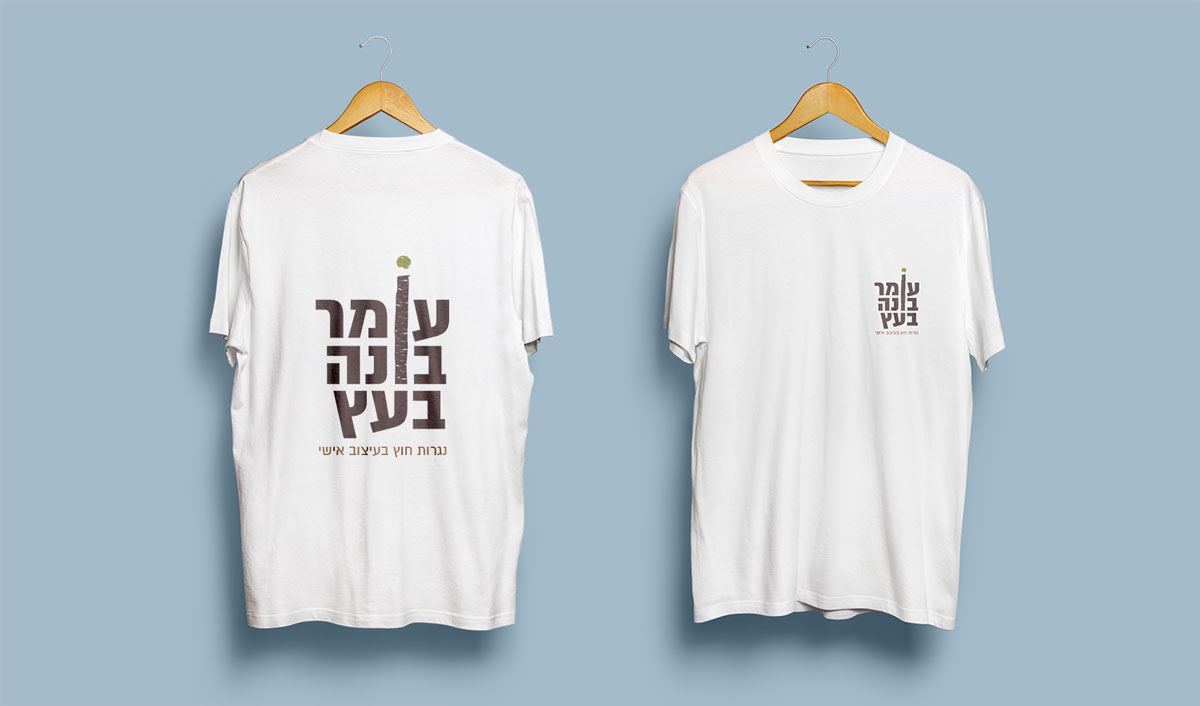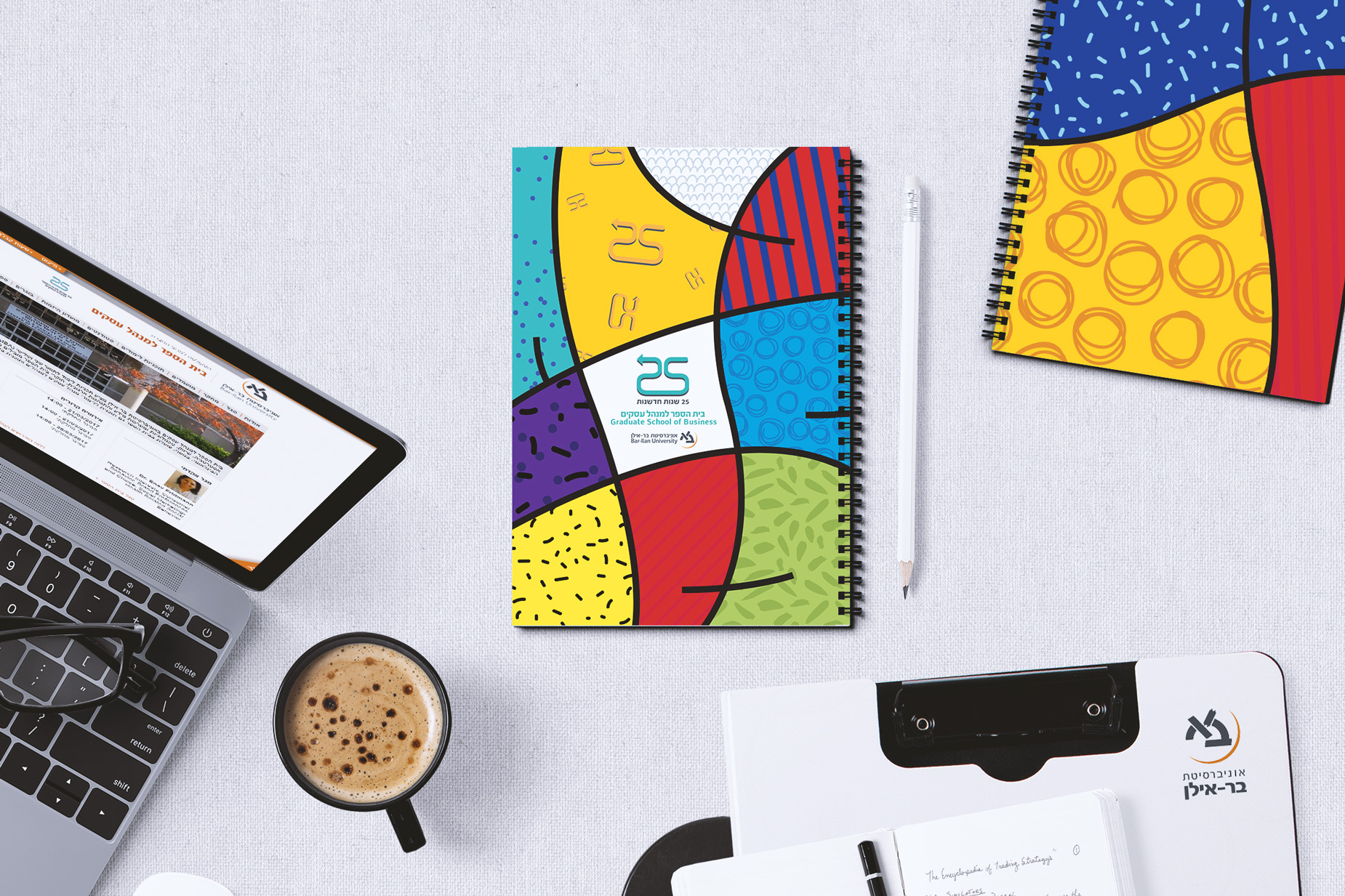You have a business, and your business has a name and a logo. It appears on your business card, your Facebook business page, and your website. But branding your business doesn’t end with just a name and logo, and this is something that many businesses overlook. Branding is the name that identifies your brand, or, if defined more precisely, branding is the name that includes the customer experience created in the encounter with your brand and product.
Assuming your logo was designed by a graphic designer or branding studio (here’s something we recently wrote about the subject), it means that a lot of thought has been put into it – it expresses your values, your product or service, and who you are, and therefore you should look for as many opportunities and places where potential customers can encounter your brand. Why? Because an integral part of good marketing is sending a consistent and cohesive message over time to your target audience through a variety of channels. This means that the more ways and opportunities your target audience is exposed to your name and logo, the greater the chance they will remember them at the right moment.
The foundation for intelligent use of your branding, beyond the basic elements, is to learn about your brand and understand it. What color combinations and shapes are present in it? What fonts are used in it? Large corporations and companies create a “brand book” that defines all possible uses of branding and logo, but a small business doesn’t need a brand book, just an understanding of what constitutes its branding and how to use it in other places.
The question is asked – in what ways can branding be used, apart from the requested places such as Facebook page or website, which serve you well. So here are 6 things you can do (some of them are so simple that you can arrange them before you finish reading this) that will greatly improve your brand exposure and ensure that everyone who comes into contact with you will remember you better and over time:
#1 Office stationery (yes, it sounds boring)
There is no business that does not use office stationery in one way or another. At the most basic level, we are talking first and foremost about the things that every business needs – price quotes, receipts, and invoices. In order to minimize unnecessary expenses, especially in small businesses or at the beginning of their journey, many freelancers tend to buy generic invoice books or receipts from office supply stores, and issue simple Word documents to their customers. A huge missed opportunity!
Make sure that all communication you have with customers is branded. Your logo should be prominently displayed on every document that goes out to customers – starting from the first price quote you send them (ask your designer for a branded template for Word documents, they will be happy to provide one), through invoice books and receipts – especially for returning or regular customers, ensuring that even in the most mundane place, the customer encounters the brand in its full glory.

#2 Email Signature
A lot of communication with customers is done via email, of course, and yet many businesses do not require or cannot afford a branded email address, meaning an email address that carries the brand name, such as ours info@zis.co.il, among other considerations of cost/benefit, and that’s perfectly fine.
It’s important to know that even with free email services like Gmail, and certainly for users of email software like Outlook, it’s a matter of 5 minutes and you have a well-organized and branded email signature. What should be included in the signature? Your logo, your name, contact details, and links to your website and/or social media pages – that’s all.

#3 Folders, Flyers, and Brochures
You might be surprised to learn that flyers are not just those annoying things that get stuck in your mailbox. A flyer is a promotional advertisement designed to present some offer in a stylish and accessible way. And if we’re being honest, a brochure is just a slightly more sophisticated and higher-end way to say flyer.
The thing is, especially if your business relies on meetings with customers and a non-immediate sales process, it’s highly advisable to have something branded that you can leave in the hands of the customer after the meeting, and not just a business card (which usually ends up in a wallet or drawer and is easily forgotten).
Now, a well-designed flyer or brochure is great, but nevertheless, it’s recommended that they be placed inside some more dignified and organized envelope, one that will store them – and that’s where the folder comes into the picture. The beauty of a folder is that especially in sales processes that involve multiple documents, price quotes, specifications, or other items, once you’ve given the customer the folder, it will accompany them throughout your communication, storing all the relevant paperwork, which means it will be accessible and clear in the hands of the customer over time.


#4 Your Car
Look, we assume you’re not driving a Subaru “Crime” model 88, but your vehicle is still a great place where your logo can be displayed in various ways! What may seem like reserved for corporate fleet vehicles is actually very easy to do. Ask your designer to create a suitable version of your logo, and printing a transparent sticker for your car will cost only a few dozen shekels in total – and thus your logo will accompany you wherever you go.
By the way, it’s not just for private vehicles. Motorcycles and scooters (think about Dominos and Pizza Hut delivery riders), taxis, trucks (in fact, almost any truck you see as part of a large distribution network is likely to be branded) – any vehicle that serves your business regularly.

#5 Your Clothing
Okay, it’s not for everyone, but it’s definitely worth considering – printing your logo on a t-shirt comes with a very low cost. If you employ workers, whether in a physical store or providing services at the customer’s location – a shirt that bears your company/business name and includes your logo can serve you well.


#6 Merchandising – Because Everyone Loves Gifts!
You’ll be glad to discover that even if you’re not Disney or Coca-Cola, you can still enjoy a significant boost to your brand through merchandising, which is a great way to stick your logo on products that may not be directly related to your product, but can be a fun and enjoyable gift to your customers in the right context, and help spread your brand further.
There are plenty of examples – from yearly calendars that insurance agents distribute for years (yes, it may seem a bit old-fashioned, but we still get one every year) to pens, cups, mugs, journals – if you’re lacking ideas, just Google “promotional products”, visit the leading websites, and you won’t believe what you can do, at very affordable prices even for small businesses.
Creative ways to expose your brand are endless, and many times it simply comes down to budget. Skydiving someone to the edge of the stratosphere with a branded parachute (yes, it’s truly amazing!) or using a rescue mission for a branded stuffed bear (yes, Coca-Cola actually did that!) – the examples are infinite.


It is important to understand that branded products convey strength. They add extra value to the product in the eyes of the customer – creating the perception that there is “backing” behind the product, and that the company invests thought even in the smallest details. Moreover, especially when we are talking about promotional items, it is important to understand that it can contribute greatly to your image. If you give the customer a quality branded gift, such as an annual planner or a notebook, and they use it and are satisfied with it, their positive feelings will be directly associated with your brand and connected to it.
The beauty of the current era is the accessibility of things to small and medium-sized businesses, so with a little thinking outside the box, proper planning, and without spending too much money, your business can use branding just like international corporate giants, achieve increased exposure, and convey professionalism and high standards in every interaction with potential customers.


